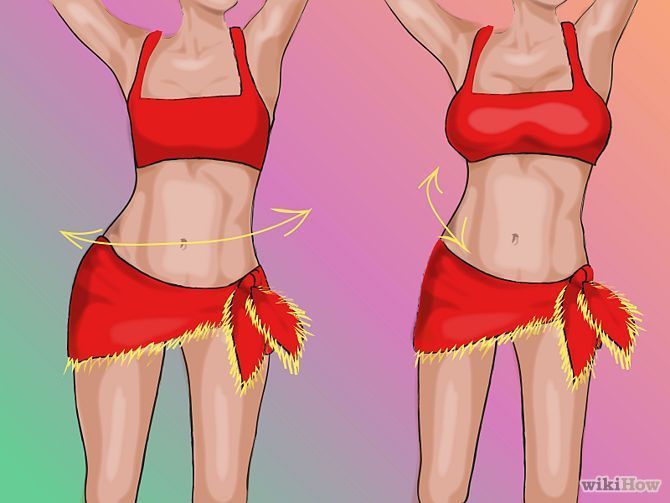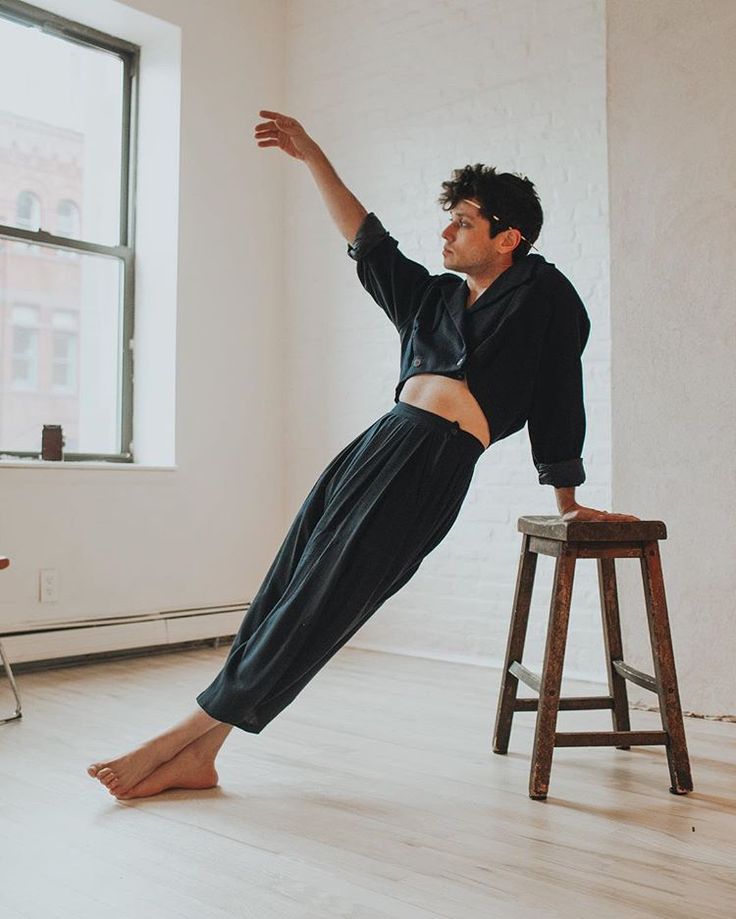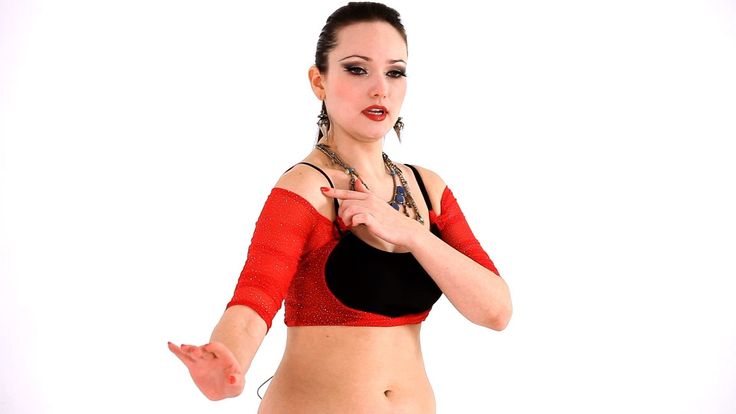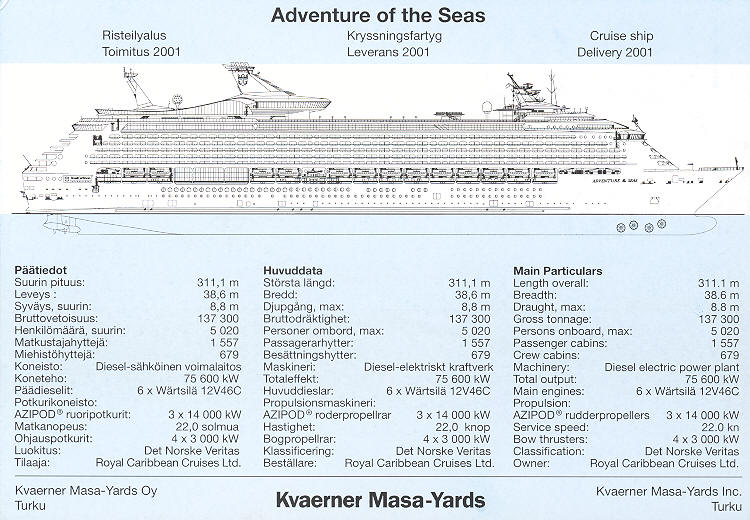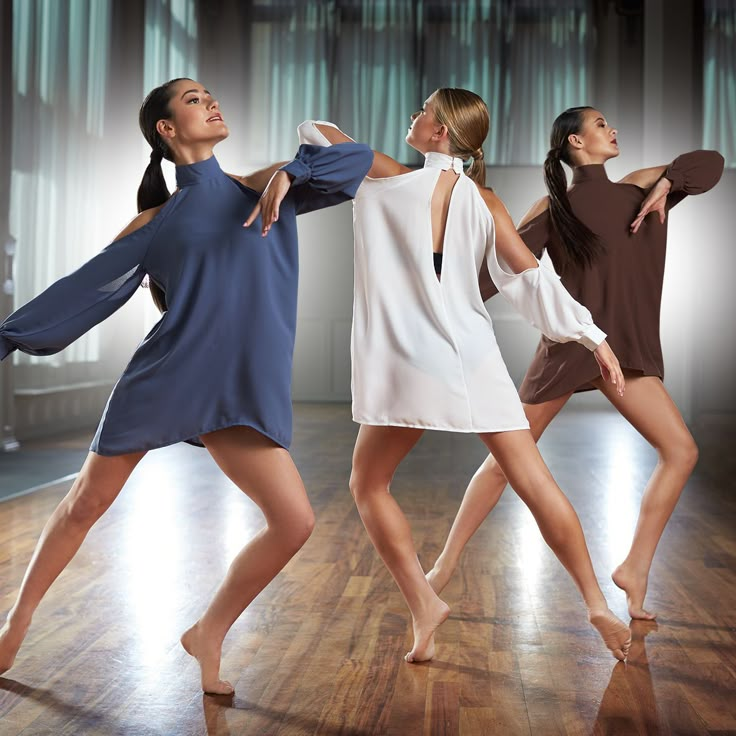How to dance the sardana
Sardana: Catalan Dancing in Barcelona
This page will give you an overview of one tradition of Catalan culture - the Sardana. This Barcelona Catalan dance is a symbol of Catalan unity and pride. You will learn why this Catalan dancing is so important as a symbol, an explanation of the dance, and where you will be able to see the Sardana.
| Catalan dancing Barcelona |
Throughout the region of Catalunya you may have come across a curious but enthralling spectacle of Catalan dancing. People join their hands together and dance in circles with small precise steps. The circle goes slowly round, and round whilst more people join to make the circle bigger. This is the Sardana: the traditional national dance of Catalunya.
| Sardana Dancing - Musicians |
It is important to the Catalans - not only does it bring the people of Catalunya together; it is a symbol of their national pride and identity. To understand the meaning behind the dance, it is important to look at the historical context behind this supposedly simplistic idea of Catalan dancing.
The Catalans are a proud and patriotic people with distinct traditions and culture that set them aside from Castellan Spain. Many Catalans consider the region of Catalunya to be distinct from Spain and even though it is within Spain, there has been much campaigning for an independent Catalunya for over 150 years.
Franco, the Spanish dictator who ruled for 30 years from the late 1940s to 1975, saw the Catalans as a threat - their desire for independence and their great national pride was considered by Franco to be insolent, arrogant and a personal affront. His dislike for the Catalans was such that he enforced many crippling laws in an attempt to remove the traditions and language of the Catalan culture and thus make Spain a uniform state. Among other rules he enforced, he banned Catalan being spoken as well as any of the Catalan traditions, one of the main being, of course, the Sardana.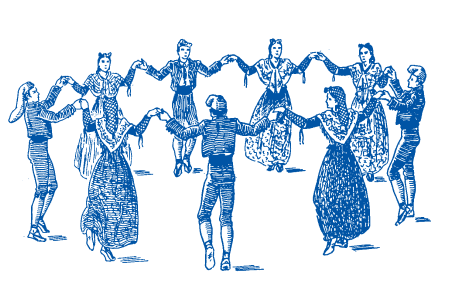
| Catalan unity |
The Sardana therefore, is considered by Catalans to be a powerful symbol of national unity and identity, which captures the spirit of Catalunya. Even under tyrannical rule, the true nature of the Catalans remained, and this is captured perfectly through the Catalan dancing of the Sardana; people dancing, united together, from all different walks of life and ages, casting their differences aside and proudly saying, with their hands and heads raised high that they are Catalans and proud to be.
So, what is involved in the dance you ask? Circles of people join together- it can either be of the same sex, mixed or with couples. For pure authentication, no formal wear is worn, normal attire is usual, and all ages and classes join in. Dancers hold hands with raised arms and follow a leader who leads the movements and timing.
| Sardana steps |
The steps are meticulous and precise, one false move and you can put the whole circle out of step.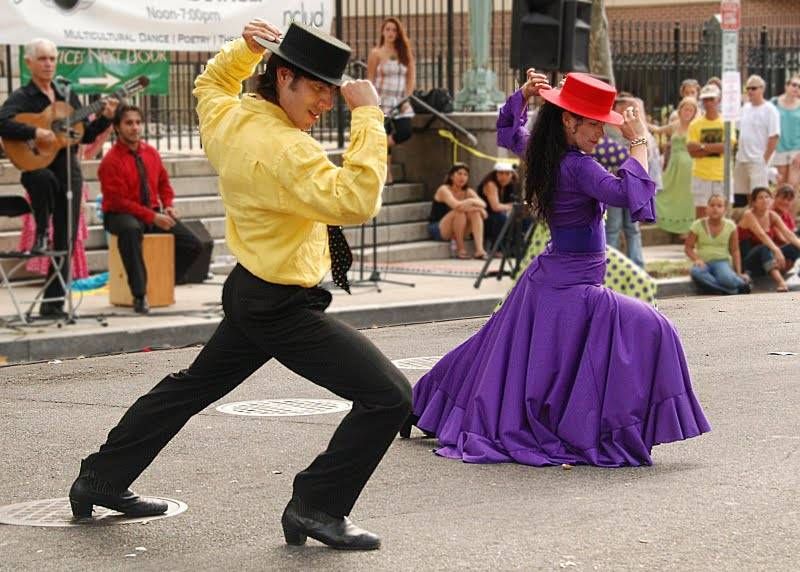 You are advised, therefore, to watch rather than join in- the dancers can get more than a little peeved if a bumbling tourist cleaves in and messes the dance steps up! It is also considered bad etiquette if you join a circle that is just made up of couples. When a circle becomes too big, more circles are formed, and the final spectacle, with maybe four or five circles dancing, is wonderful to watch.
You are advised, therefore, to watch rather than join in- the dancers can get more than a little peeved if a bumbling tourist cleaves in and messes the dance steps up! It is also considered bad etiquette if you join a circle that is just made up of couples. When a circle becomes too big, more circles are formed, and the final spectacle, with maybe four or five circles dancing, is wonderful to watch.
The Catalan dancing is complemented by a 'cobla' a small group of musicians accompanying the dance with a selection of brass instruments and lead by the 'flaviol' a type of flute whilst the tambourine sets the rhythm.
The best times to see an authentic Sardana are at a festival. The Focs de Sant Joan festival on the 24 June is one such example. Visit a Catalan village outside of Barcelona to capture the dance in authentic surroundings.
| Sardana steps |
You can also see this type of traditional Catalan dancing throughout the summer months in the sunlit early evenings starting around 18:00 to 18:30.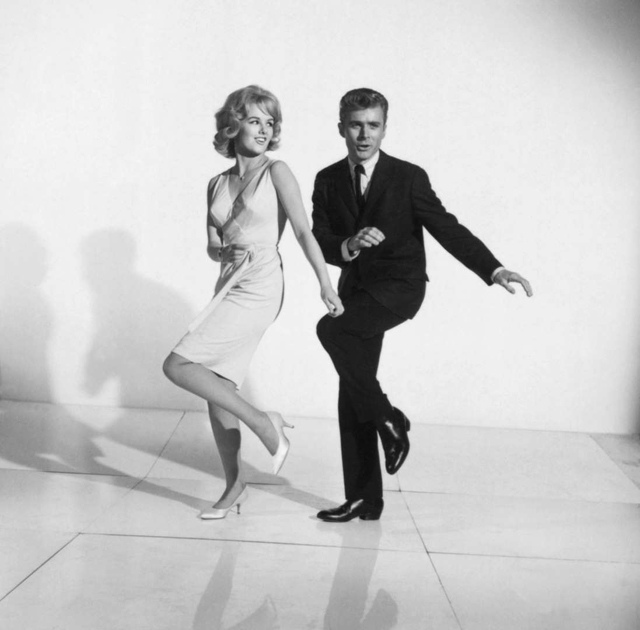 Within Barcelona, hot spots include plaza Jaume I on Sunday Evenings as well as the nearby grounds of Catedral de Barcelona on Saturday evenings.
Within Barcelona, hot spots include plaza Jaume I on Sunday Evenings as well as the nearby grounds of Catedral de Barcelona on Saturday evenings.
Barcelona History Museum
Plaça del Rei
Via Laietana
Plaça Urquinaona
Palau de la Musica Catalana
Carrer Palau de la Musica, 4 - 6
Gaudí Casa Calvet
Carrer de Casp, 48
Arc de Triomf Metro
SABA Lluis Companys Car Park
Museum d' Història de Catalunya
Plaça de Pau Vila, 3
Jaume I Metro
Franca Station
Parc Cuitadella
Plaça Sant Jaume
Erotica Museum
La Rambla, 96
SABA BAMSA Rambla Catalunya Car Park
Passeig de Gràcia Metro
Passeig de Gràcia Metro
La Rambla
La Rambla
Santa Maria del Mar
Plaça de Santa Maria, 1
Picasso Museum
Carrer Montcada, 15-23
Basilica de Santa Maria del Pi
Plaça del Pi, 7
Plaça Reial
Plaça de Catalunya
Barcelona Cathedral
Plaça de la Seu, 3
La Boqueria Market
La Rambla, 91
Barceloneta Metro
Urquinaona Metro
Urquinaona Metro
Liceu Metro
Catalunya Metro
Catalunya Metro
SABA Catedral Car Park
BSM Moll de la Fusta Car Park
NN Palau de La Muscia Car Park
SABA BAMSA Francesc Cambo Car Park
Laietana Princesa Car Park
SABA Plaça de Catalunya Car Park
NN Bonsucces Car Park
SABA Plaça Urquinaona Car Park
This map is copyright registered and protected and may not be copied.
Dance the Sardana (Pictures)
If you’re browsing the streets of the Gothic Quarter on a Sunday afternoon, you might stumble across large groups of people practicing an odd folk dance in the plazas. This is the “Sardana”, Catalunya’s national dance. It’ll involve circles of people holding their hands above their heads and following a seemingly easy pattern with their feet. Some might be wearing traditional clothing, others might have just been walking past, put down their bags, and joined in. Not only is it a sure-fire way to get your body moving on the weekend, it’s also a symbol of Catalan unity and pride. It brings together locals in a way that’s both fun and moving (both figuratively and literally).
What is the Sardana?
Sardana dancers in one of Barcelona’s plazasThe Sardana involves circles of people who join their hands together and raise them above their heads. The group dances a simple yet precise coreography, moving slowly round and round. Often, other people will join in, making the circles grow in size.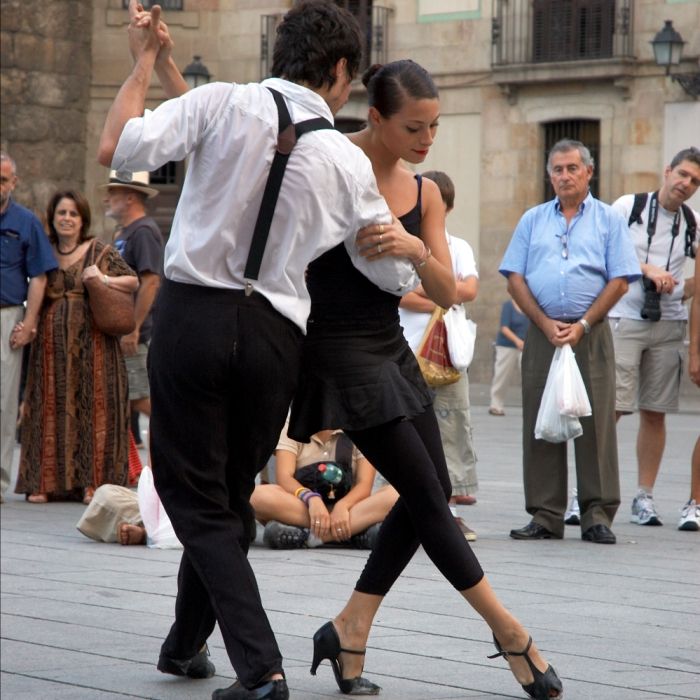 Often a small group of 10 or so can end up doubling or tripling in size as more people join in.
Often a small group of 10 or so can end up doubling or tripling in size as more people join in.
When the circles get too big to function properly, new ones are formed so at the end there are several groups of dancers all working to the same beat.
Though the precise steps might look simple from the outside, it’s actually fairly complicated. One person is chosen to lead the movements and timings, but if someone loses their place or falls out of step, the whole circle has to pick up and reform.
These complicated steps are known as curts, which are the shorter, staccato steps, and llargs, which are the longer, more fluid movements. Tiradas are the various sections of the dance that come together to create the full spectacle.
Alongside the dancers you’ll see a small group of 11 or so musicians tooting away on folk instruments. They’re known as a ‘cobla’, and their wind and brass instruments create a unique sound for the dancers to follow. The ‘flaviol’ is the most prominent part of the band.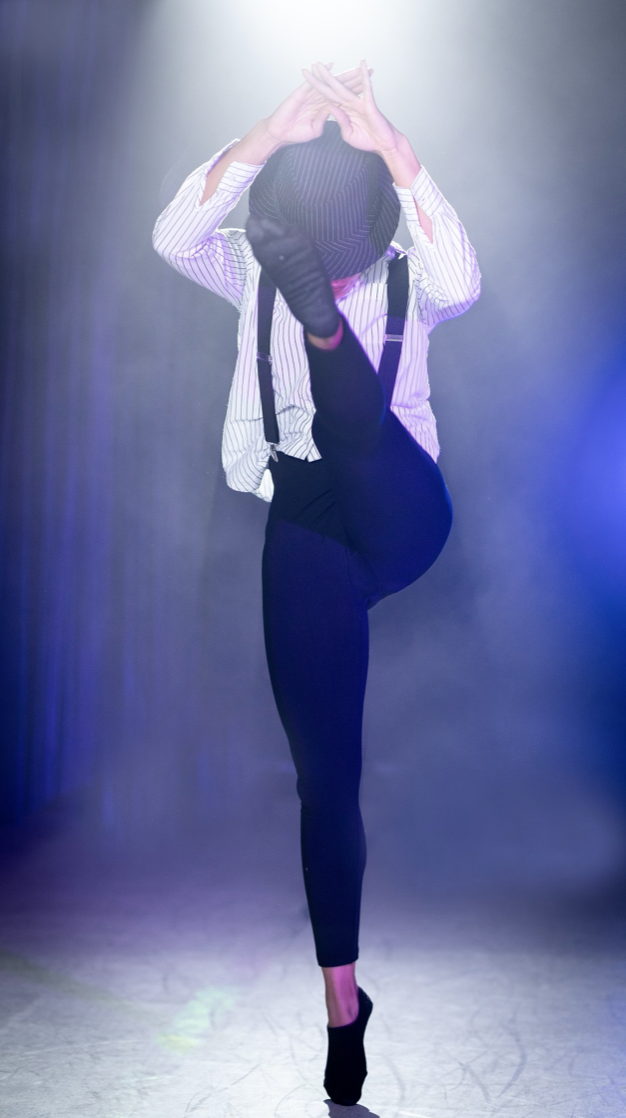 It’s a small, typically Catalan flute, whilst the tambourine is used to set the pace and rhythm of the dance.
It’s a small, typically Catalan flute, whilst the tambourine is used to set the pace and rhythm of the dance.
The History of the Sardana
Though the exact timeline of the Sardana is hotly debated, it’s thought to have emerged in the 19th century during the Renaixenca (Renaissance) movement. Catalans were becoming more and more confident in their own language and culture and were dead-set on reviving old traditions. The Sardana emerged as a symbol to showcase the regional pride locals felt towards their unique identity.
However, when the Franco dictatorship took over Spain in 1939, he found the Catalans and their distinct culture and language to be a threat to his idea of a single, homogeneous, monolithic Spain. The dictatorship enacted harsh laws that restricted Catalans from using their language in public spaces and from carrying out their traditions – including the Sardana.
When Franco fell from power, the Catalans easily picked up where they left off, bringing their local culture and the Sardana to the forefront of festivals and other celebrations.
Where to see the Sardana
The Sardana is danced outside the Cathedral every Sunday at midday. You can also watch it on Saturdays at 6.30pm in the same spot, or in the Placa de Sant Jaume on a Sunday evening.
Dance of Sardana | Kosta-Brava reference book
Sardana
National Catalan Dance
This is perhaps the most excellent musical and artistic illustration of the people, which consists of over eleven millions of people.
painting artist Elena Kudryashova
Dance
Sardana is danced in pairs, where the man takes the woman's hand with his right hand. Standing in a circle and holding hands, they begin to move in a circle, alternating short and long steps. During short steps, the arms go down, and during long steps, the arms go up.
Sardana is voiced by "Kobla", which consists of typical national Catalan instruments, such as: tenor, tibla, flabiol, tambori and others, such as trumpet and double bass. "Kobla" is the musical accompaniment of many traditional Catalan holidays.
"Kobla" is the musical accompaniment of many traditional Catalan holidays.
origin Sardana
Sardana can be detected from a very long time. Sardana appeared as a ritual dance associated with magical rites, helping in gathering a rich harvest and ensuring military victories. Many believe that Sardana originates from Greek times, since Homer in his famous Iliad mentions a very similar dance . Sardana and dances of the Hellenic culture have many similar movements. Greek Catalan connections were purely commercial and may even have influenced Catalan crafts. However, these connections were not so deep that the deeply rooted Greek traditions had an influence on the dances. During Turkish rule in Greece, Catalan troops went to fight in these lands, but the hypothesis that Catalans adapted the "Greek" Sardana looks unlikely.
 However, it is difficult to prove that it was the Greeks who brought Sardana to Catalonia. There is also a theory that Sardana comes from Sardinia (an island in Italy), possibly due to similar names. However, the dance that was danced in Sardinia is not mentioned as Sardana . The most important musical instrument on the island of Sardinia, "la leonada", was never mentioned in Catalonia , and therefore it is difficult to assume that the dance was borrowed from this island, but the main musical instrument producing the dance melody was forgotten. Up to this point, everything related to Sardana can be considered legends, since all these hypotheses look implausible. In the Middle Ages, there was a dance very similar to Sardana . It is believed that the first mention of Sardane dates back to the XIV century, but under other names. In the 17th century Sardana becomes fashionable dance among the aristocracy and at the court of the king.
However, it is difficult to prove that it was the Greeks who brought Sardana to Catalonia. There is also a theory that Sardana comes from Sardinia (an island in Italy), possibly due to similar names. However, the dance that was danced in Sardinia is not mentioned as Sardana . The most important musical instrument on the island of Sardinia, "la leonada", was never mentioned in Catalonia , and therefore it is difficult to assume that the dance was borrowed from this island, but the main musical instrument producing the dance melody was forgotten. Up to this point, everything related to Sardana can be considered legends, since all these hypotheses look implausible. In the Middle Ages, there was a dance very similar to Sardana . It is believed that the first mention of Sardane dates back to the XIV century, but under other names. In the 17th century Sardana becomes fashionable dance among the aristocracy and at the court of the king. In 1850, the first manual for the study of movements Sardana was published. Sardana is starting to appear in various areas of Northern Catalonia , especially in the area from Roussillon (France) to the area of La Selva. The dance Sardana took root especially strongly in the Amporda region. Therefore, there are two main styles of dancing Sardana - La Ampordanes and Selvatana.
In 1850, the first manual for the study of movements Sardana was published. Sardana is starting to appear in various areas of Northern Catalonia , especially in the area from Roussillon (France) to the area of La Selva. The dance Sardana took root especially strongly in the Amporda region. Therefore, there are two main styles of dancing Sardana - La Ampordanes and Selvatana.
Pep Ventura transformed into Sardana by adding rhythm. Other notable composers of Sardane are Enric Morera and Frederic Mompou. The popularity and distribution of Sardana grew significantly at the end of the 19th century. After the Civil War, the Sardani collectives appear, reviving Sardana again.
Dance of the Sardana – meeting point
Sardana is very popular due to the fact that this dance is accessible, a large number of couples can participate in the dance and no special physical training is required. Therefore, it can be argued that Sardana is one of the most democratic dances that help unite peoples. Catalans say: " Sardana is the most beautiful dance existing and non-existent..."
Therefore, it can be argued that Sardana is one of the most democratic dances that help unite peoples. Catalans say: " Sardana is the most beautiful dance existing and non-existent..."
Curious details
• between 1550 and 1590 in some cities, the Catholic Church forbade dance Sardan in the church and on the squares, so as not to disturb the believers. .
• In 1625, Sardana was danced in Barcelona in honor of the princess's birthday, and later they began to dance during the celebration of St. George's Day.
• In Catalonia and in Roussillon there are about one hundred and thirty groups sardani , most of which are non-professionals.
• The only group of Sardanists that exists outside Catalonia – Principal, in Amsterdam.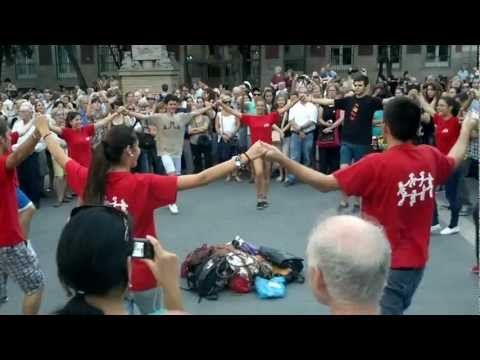
• Since 1960 "International Day Sardana " has been celebrated.
• Currently there are numerous festivals and competitions Sardana .
Writer and photographer: Quim Pedret-Rovira
Sardana: Catalan dancing in Barcelona
Author: Romilie TurnerThis article briefly describes one of the traditions of Catalan culture - the sardana. This Barcelona and Catalan dance represents the pride and unity of the Catalan people. You will learn why this Catalan dance is so important, as a symbol, what goes into it and where you can see the sardana.
| Catalan dancing in Barcelona |
In Catalonia or in Barcelona itself, you might have come across a curious and exciting spectacle - Catalan dances. People stand in a circle, hold hands, raise them up and with small, but measured steps, begin to dance while other people join them, increasing the circle of dancers in size. This is the sardana, the traditional national dance of Catalonia.
People stand in a circle, hold hands, raise them up and with small, but measured steps, begin to dance while other people join them, increasing the circle of dancers in size. This is the sardana, the traditional national dance of Catalonia.
| Sardana dance - musicians |
It is of great importance for the Catalans, this dance not only unites the Catalans, but is also a symbol of their national pride and identity. To understand the meaning of the dance, it is important to first look at the historical context of this seemingly simple Catalan dance.
Catalans are very proud and patriotic people, they differ from Castilian Spain in their traditions and culture. Many Catalans consider Catalonia a separate state from Spain, and although it is part of Spain, there has been a campaign for the separation of Catalonia for 150 years.
Franco, the Spanish dictator who was in power for 30 years, from the late 1940s until 1975, saw the Catalans as a threat. Their desire to become independent and deep national pride he considered arrogant and arrogant, and viewed this as a personal insult. His dislike of the Catalans was so strong that he issued many destructive laws in an attempt to suppress the traditions and language of Catalan culture, making Spain uniform. Among other things, he introduced a ban on communication in the Catalan language, as well as on Catalan traditions, and one of the main ones, of course, was the sardana dance.
Their desire to become independent and deep national pride he considered arrogant and arrogant, and viewed this as a personal insult. His dislike of the Catalans was so strong that he issued many destructive laws in an attempt to suppress the traditions and language of Catalan culture, making Spain uniform. Among other things, he introduced a ban on communication in the Catalan language, as well as on Catalan traditions, and one of the main ones, of course, was the sardana dance.
| Unity of the Catalan people |
Thus, the sardana is regarded by the Catalans as a powerful symbol of national unity and identity, which reflects the spirit of Catalonia. Even under tyranny, the Catalans retained their true spirit, and this is wonderfully reflected in the Catalan sardana dance. People of all ages and professions, forget about differences, dance all together, and proudly say, raising their hands and heads high, that they are Catalans and proud of it.
So what is this dance? People become in a circle. It can be a circle of only men or only of women, or there may be people of both sexes or couples in love. In the real dance, people participate in casual clothes, people of all ages join the dance. In the dance, they hold hands and raise them up, following the leader, who sets the movement and rhythm.
| Steps in sardane |
The movements in the dance are very precise and done with great care, one wrong step and you will throw the whole circle out of rhythm! Therefore, it is recommended to observe rather than participate. Dancers can get really pissed off if a clumsy tourist walks into the circle and ruins the whole beat! In addition, it is considered indecent to join a circle that consists of pairs of lovers. When the circle becomes too large, other circles are formed, and at the end one can observe a wonderful picture of four or five round dances.
The Catalan dance is accompanied by the so-called "cobla", a small group of musicians with bass instruments and lead flute "flaviol", the rhythm of which is set by the tambourine.


